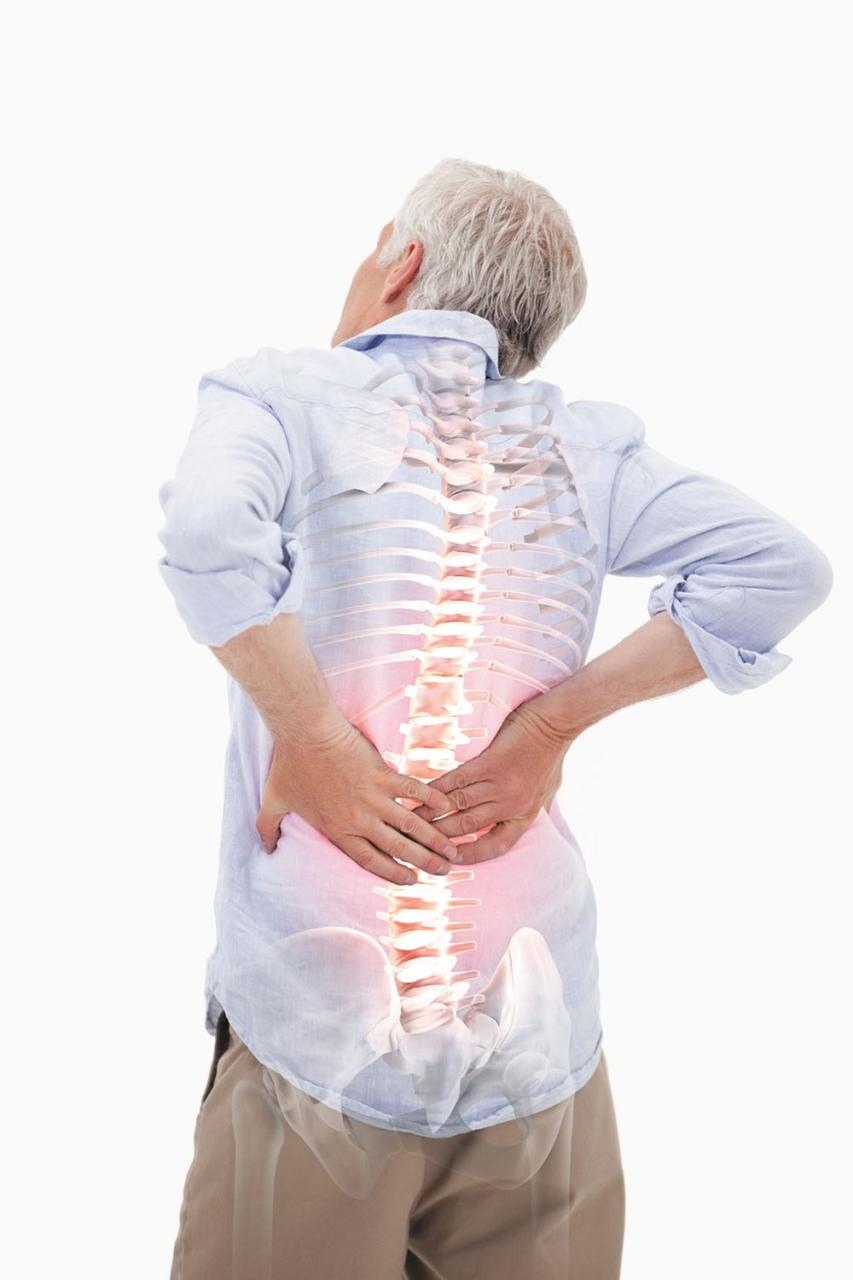Stability in our spine is essential for maintaining a healthy and pain-free lower back. It is the foundation that supports our every movement and bears the weight of our bodies. How can we cultivate such stability and fend off various spine disorders? Three exercises aimed at strengthening the entire core musculature, ranging from the abdominals to the whole back, play a crucial role in developing a stable spine. For more insights on maintaining spine health through exercise, visit Harvard Health.

Degenerative spine conditions pose a significant challenge, contributing to the gradual loss of the normal structure and function of the spine over time. Predominantly a result of aging, these conditions may also stem from tumors, infections, or arthritis. Slipped or herniated discs are common culprits, applying pressure on the spinal cord and nerve roots. To delve deeper into degenerative spinal conditions and their treatments, explore the information provided by UC Davis Health and Columbia Neurosurgery.
Spinal inflammatory disorders, although rare, can be a considerable source of pain and disability. Conditions like arthritis, osteoporosis, and infections can cause inflammation in the spine, making early diagnosis and treatment crucial. For comprehensive knowledge on spinal inflammatory disorders, refer to Columbia Neurosurgery.
Scoliosis, characterized by a lateral or sideways curvature of the spine, differs from kyphosis, which involves forward-oriented curvature. While scoliosis frequently occurs in children and teenagers, adults are not immune. Understanding adult scoliosis and its implications is essential, and further information can be found at Hospital for Special Surgery.
Understanding the anatomy of the spine is foundational for comprehending these disorders. The vertebral column consists of the cervical spine in the neck, the thoracic spine in the upper and mid-back, the lumbar spine in the lower back, and finally, the sacral spine (or sacrum) located between the hips. To familiarize yourself more with spinal anatomy and various conditions, visit Columbia Neurosurgery.
In conclusion, a combination of exercises, understanding spine anatomy, and staying informed about various disorders are key steps in fostering spine health and averting potential issues. Utilizing reputable resources, such as those mentioned above, can significantly enhance your knowledge and aid in maintaining a healthy, stable spine.


